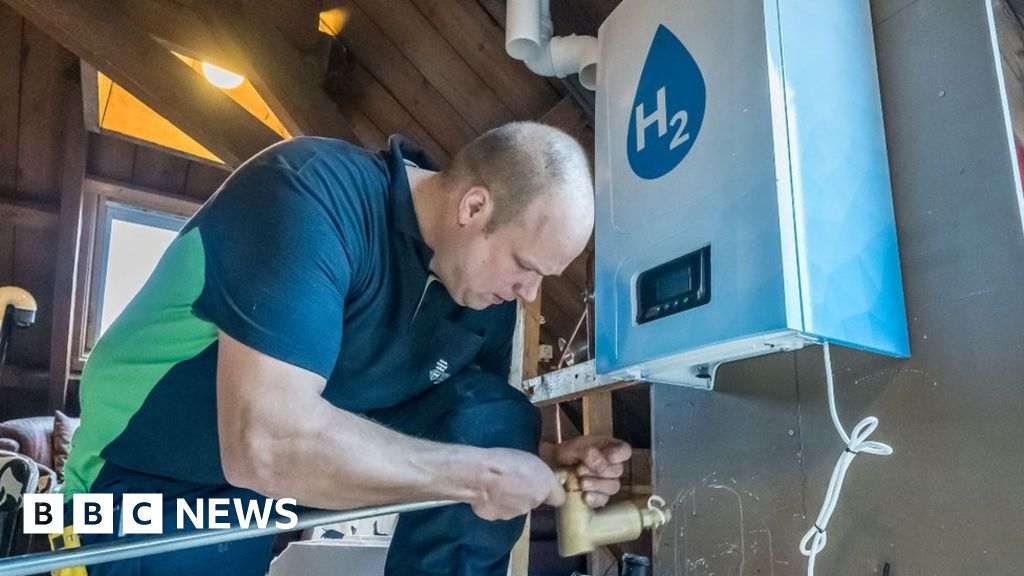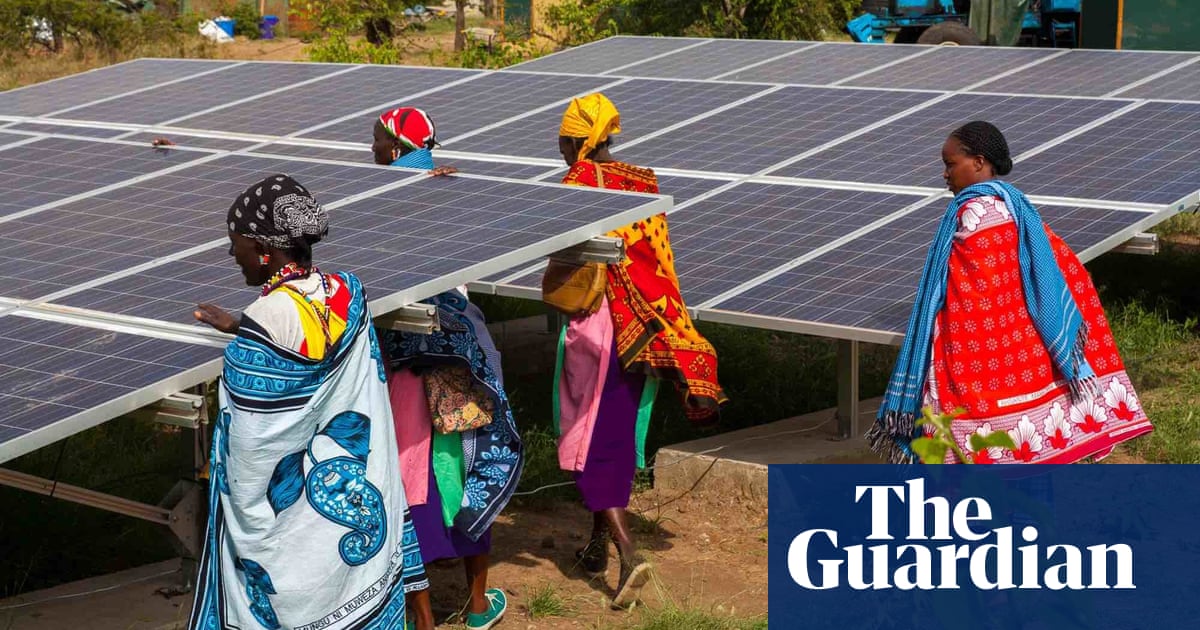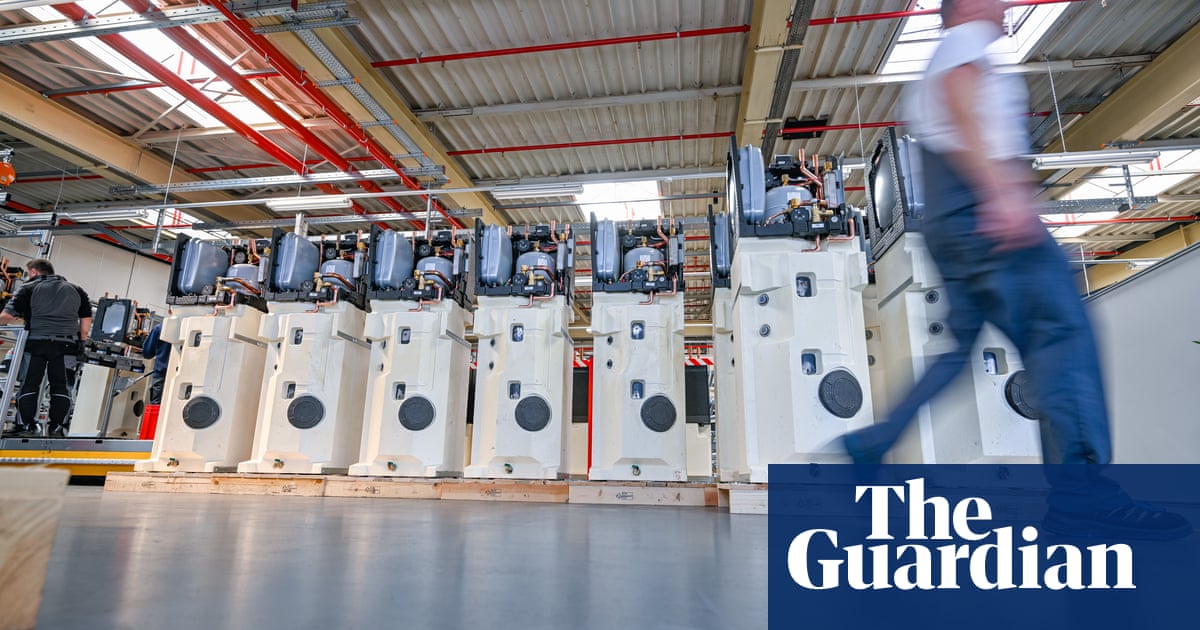These was a proposal for a 1500 acre Solar Farm near Brownsville,Oregon last July, 2023. Brownsville is a small town in the willamette Valley and about 30 miles north of Eugene,Oregon. Most of the valley is into producing grass seed, and is the largest grass seed producing area in the world. ( locals call it farming, I do not) The proposal has been stalled because of the massive pushback from local people involved in grass seed production. It is a very politically conservative area.I do not think it will go forward.

www.oregon.gov
Locals decry the potential loss of farmland if the state approves a 2.5-mile solar array in south Linn County.

democratherald.com
Residents living near the community of Brownsville are opposed to a large solar farm proposal.

www.kezi.com














